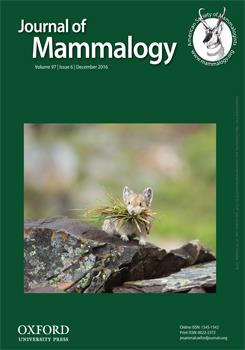Animals make directional movements toward resources to satisfy nutritional, reproductive, and protection needs. We evaluated resource selection by the spiny rat (Thrichomys fosteri) in a heterogeneous habitat, disentangling the relative importance of habitat structure, escape cover, food availability, and intraspecific competition. The last 2 variables were estimated directly by explicitly incorporating their spatiotemporal variation in the model. We radiotracked 15 males and 5 females for a median of 10 days per month for 17 months. Used and available resources were estimated at the home-range scale by intersecting the radiotracking locations (used) and random points (available) with resource maps that were either temporally static (measured only once; palm density and bromeliad cover) or dynamic (with temporal variation; arthropod biomass and conspecific abundance). We performed a resource selection function analysis using conditional logistic regression stratified by each individual location. Within their home ranges, spiny rats selected areas with high bromeliad cover and arthropod biomass. There was a negative interaction between conspecific abundance and arthropod biomass. We showed that resource selection by individuals takes into account multiple resources that vary in space and time. Individuals tended to select areas with high escape cover and high food availability balanced by low intraspecific competition.
How to translate text using browser tools
30 August 2016
Disentangling the effects of habitat, food, and intraspecific competition on resource selection by the spiny rat, Thrichomys fosteri
Pâmela C. Antunes,
Luiz Gustavo R. Oliveira-Santos,
Walfrido M. Tomas,
James D. Forester,
Fernando A. S. Fernandez
ACCESS THE FULL ARTICLE

Journal of Mammalogy
Vol. 97 • No. 6
November 2016
Vol. 97 • No. 6
November 2016
arthropod biomass
conspecific abundance
Echimyidae
escape cover
resource availability
resource selection function
Thrichomys




